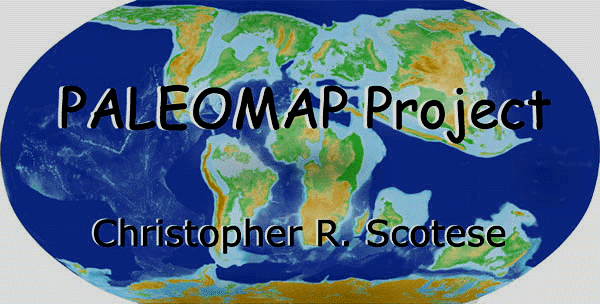
|
|
|
|
Evolution of the Caribbean Sea (100 mya - Present)
After the opening of the Gulf of Mexico in the late Jurassic, the gap between North America and South America continued to widen forming the Proto-Caribbean. About 100 million years ago, when South America rifted from Africa, the Proto-Caribbean stopped growing. An island arc, (the Greater Antilles), advancing from the Pacific began to override the Proto-Caribbean. This island arc (Cuba and Hispaniola) continued to move to the northeast. Cuba collided with the Florida platform, and Hispaniola continued to move eastwards. The Panama land bridge was built after the collision of Cuba. Large chunks of Central America have been displaced eastwards by movement along large strike skip faults (Motagua, Polochic faults) that run through Honduras and Nicaragua. The Atlantic Ocean floor, shown in rainbow colors according to age, is being subducted beneath the island arcs of the Lesser Antilles. This subduction zone may spread, like a virus, north and south. If this happens, the Atlantic Ocean may someday close forming a future Pangea. This animation is available on CD-ROM in Quicktime format. For more information see Teaching Materials. The maps in this animation were produced by the program PGIS/Mac written by Malcolm Ross (for more information see Software)
This page uses a java applet that displays a VR model. Visit FreedomVR at www.honeylocust.com/vr/ for more information about this applet.
|